-
 Bitcoin
Bitcoin $109,060.5091
-0.60% -
 Ethereum
Ethereum $2,554.0291
-1.47% -
 Tether USDt
Tether USDt $1.0003
0.00% -
 XRP
XRP $2.2391
-2.33% -
 BNB
BNB $659.7691
-0.31% -
 Solana
Solana $150.5458
-2.56% -
 USDC
USDC $1.0000
0.00% -
 TRON
TRON $0.2873
1.05% -
 Dogecoin
Dogecoin $0.1669
-3.75% -
 Cardano
Cardano $0.5827
-3.21% -
 Hyperliquid
Hyperliquid $38.9857
-3.92% -
 Sui
Sui $2.9281
-3.02% -
 Bitcoin Cash
Bitcoin Cash $482.7177
-4.36% -
 Chainlink
Chainlink $13.3876
-2.65% -
 UNUS SED LEO
UNUS SED LEO $9.0546
0.46% -
 Avalanche
Avalanche $18.1281
-3.21% -
 Stellar
Stellar $0.2404
-1.65% -
 Toncoin
Toncoin $2.8065
-2.82% -
 Shiba Inu
Shiba Inu $0.0...01158
-2.97% -
 Litecoin
Litecoin $88.4252
-2.90% -
 Hedera
Hedera $0.1559
-2.34% -
 Monero
Monero $319.4730
-2.17% -
 Polkadot
Polkadot $3.4421
-4.06% -
 Dai
Dai $1.0000
0.00% -
 Ethena USDe
Ethena USDe $1.0002
0.01% -
 Bitget Token
Bitget Token $4.4632
-2.78% -
 Uniswap
Uniswap $7.3746
-3.91% -
 Pepe
Pepe $0.0...09800
-6.01% -
 Aave
Aave $269.6237
-3.51% -
 Pi
Pi $0.4834
-3.35%
What does a doji candlestick combined with RSI mean for Bitcoin?
A doji candlestick near overbought RSI levels in Bitcoin may signal weakening bullish momentum and a potential trend reversal.
Jul 04, 2025 at 03:08 pm
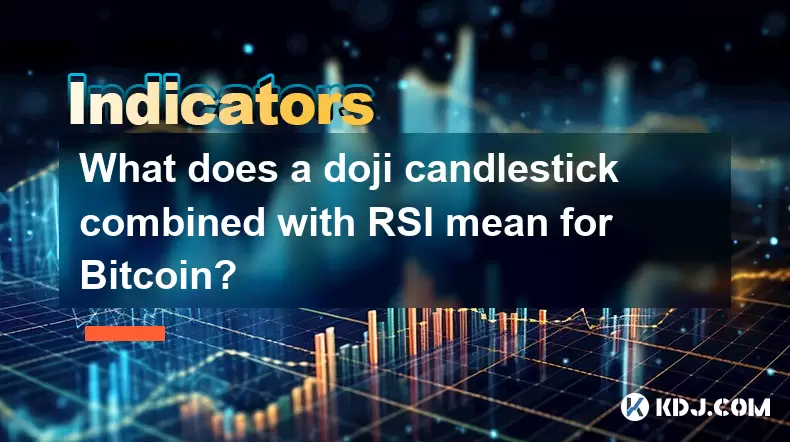
Understanding the Doji Candlestick Pattern
A doji candlestick is a critical technical analysis pattern that signals market indecision. It forms when the opening and closing prices of an asset are nearly identical, resulting in a very small or nonexistent body with long upper and lower wicks. In the context of Bitcoin, this pattern often suggests a potential reversal or consolidation phase. Traders pay close attention to doji patterns because they can indicate weakening momentum and a possible shift in market sentiment.
The appearance of a doji after a strong uptrend or downtrend may suggest that the trend is losing steam. For example, if Bitcoin has been rising sharply and then forms a doji, it could mean buyers are no longer in full control, and sellers might be stepping in. However, the doji alone is not enough to make a definitive trade decision — it must be analyzed alongside other indicators like RSI.
What Is the Relative Strength Index (RSI)?
The Relative Strength Index (RSI) is a momentum oscillator used to measure the speed and change of price movements. Typically set on a 14-period setting, RSI ranges from 0 to 100. A reading above 70 is generally considered overbought, while a reading below 30 is deemed oversold. When applied to Bitcoin, RSI helps traders identify potential reversal points and assess whether the current trend is sustainable.
For instance, if Bitcoin’s RSI reaches 80, it might signal that the asset is overbought and due for a pullback. Conversely, if RSI dips to 20, it could indicate oversold conditions and a potential bounce. While RSI is powerful on its own, combining it with candlestick patterns like the doji can significantly enhance its predictive value.
Combining Doji and RSI for Bitcoin Analysis
When a doji candlestick appears alongside extreme RSI levels, it creates a more compelling case for a potential reversal. For example, if Bitcoin forms a doji while RSI is above 70, it may indicate that bullish momentum is fading and bears could soon take over. This combination serves as a warning sign for traders who are long and a possible entry point for those looking to short.
Conversely, if a doji forms when RSI is below 30, it could imply that selling pressure is diminishing and a bullish reversal might be imminent. The key here is to look at the broader context — such as support/resistance levels, volume, and prior trend strength — before making any trading decisions based solely on this confluence.
How to Interpret Different Types of Dojis with RSI
There are several types of doji patterns, each offering nuanced insights when combined with RSI:
- Standard Doji: Appears as a cross-shaped candle and indicates neutral sentiment. If found near resistance with RSI above 70, it reinforces bearish expectations.
- Gravestone Doji: Has a long upper wick and no lower shadow. Often signals rejection at resistance. When paired with overbought RSI, it strengthens the likelihood of a reversal.
- Dragonfly Doji: Features a long lower wick and no upper shadow. Suggests support is forming, especially potent when RSI is below 30.
- Long-Legged Doji: Shows significant volatility but ends where it started. Highlights uncertainty and becomes more meaningful when RSI is at an extreme.
Each variation should be interpreted within the context of the prevailing trend and RSI behavior. For example, a gravestone doji forming at a key resistance level with RSI hovering around 80 may offer a stronger sell signal than one appearing mid-trend with RSI at 55.
Practical Steps to Trade Bitcoin Using Doji and RSI
To effectively trade Bitcoin using this strategy, follow these steps:
- Identify a doji formation on the chart, ensuring that the open and close are nearly equal.
- Check RSI levels to see if it's in overbought (>70) or oversold (<30) territory.
- Analyze the surrounding price action, including recent trends and key support/resistance zones.
- Observe volume during the doji formation; low volume may indicate weak conviction, while high volume might suggest strong institutional interest.
- Wait for confirmation from the next candle — a bearish engulfing candle after a doji at resistance confirms a sell setup.
- Set stop-loss orders accordingly — typically just above the high of the doji for short trades or below the low for long setups.
- Establish profit targets based on previous swing points or Fibonacci retracements.
This method is particularly effective on higher timeframes like the 4-hour or daily charts, where false signals are less frequent and trends tend to be more reliable.
Frequently Asked Questions
Q: Can I rely solely on doji and RSI for trading Bitcoin?
While both indicators are valuable, relying solely on them may lead to false signals. It's best to incorporate additional tools like moving averages, volume analysis, or Fibonacci levels for better accuracy.
Q: How often does a doji with extreme RSI appear in Bitcoin charts?
It varies depending on the timeframe. On the daily chart, such occurrences are relatively rare but highly significant when they align with key price levels.
Q: Should I use default RSI settings or customize them?
The default 14-period setting works well for most scenarios. However, traders may adjust it to 7 or 21 periods depending on their trading style — shorter for scalping, longer for positional trades.
Q: Does this strategy work on altcoins too?
Yes, the same principles apply to altcoins. However, liquidity and volatility differences may affect reliability, so it's important to backtest before applying it to smaller-cap cryptocurrencies.
Disclaimer:info@kdj.com
The information provided is not trading advice. kdj.com does not assume any responsibility for any investments made based on the information provided in this article. Cryptocurrencies are highly volatile and it is highly recommended that you invest with caution after thorough research!
If you believe that the content used on this website infringes your copyright, please contact us immediately (info@kdj.com) and we will delete it promptly.
- Bitcoin's Pattern Break: Are HODLers the Key to the Next Surge?
- 2025-07-04 18:50:12
- Bitcoin Price, Trump's Bill, and the $150K Dream: A NYC Take
- 2025-07-04 19:50:12
- Ethereum, LILPEPE, and the July Bounce: Will Pepe Steal ETH's Thunder?
- 2025-07-04 19:10:12
- Binance Institutional Loans: Unlocking 4x Leverage and Zero Interest for Whales
- 2025-07-04 19:15:12
- Bitcoin Bull Run: Analysts Eye Peak in Late 2025?
- 2025-07-04 19:20:13
- Pepe Indicators, Bullish Forecast: Can the Meme Coin Rally?
- 2025-07-04 19:25:12
Related knowledge
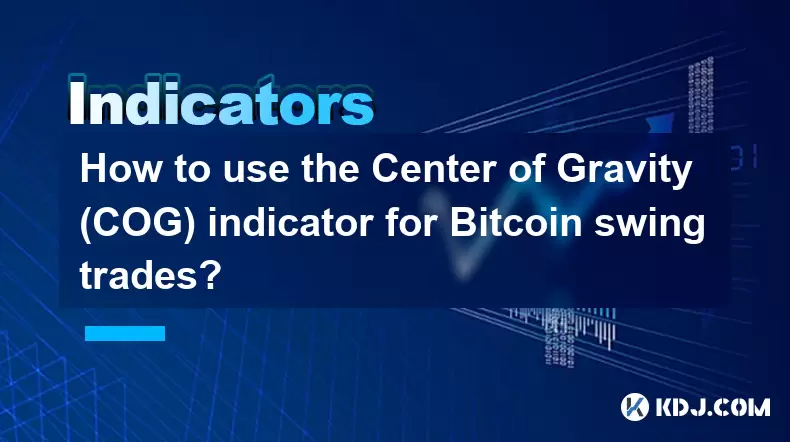
How to use the Center of Gravity (COG) indicator for Bitcoin swing trades?
Jul 04,2025 at 06:21pm
Understanding the Center of Gravity (COG) IndicatorThe Center of Gravity (COG) indicator is a technical analysis tool primarily used to identify potential trend reversals and momentum shifts in financial markets, including cryptocurrency trading. Unlike traditional oscillators like RSI or MACD, the COG focuses on calculating the weighted average price o...
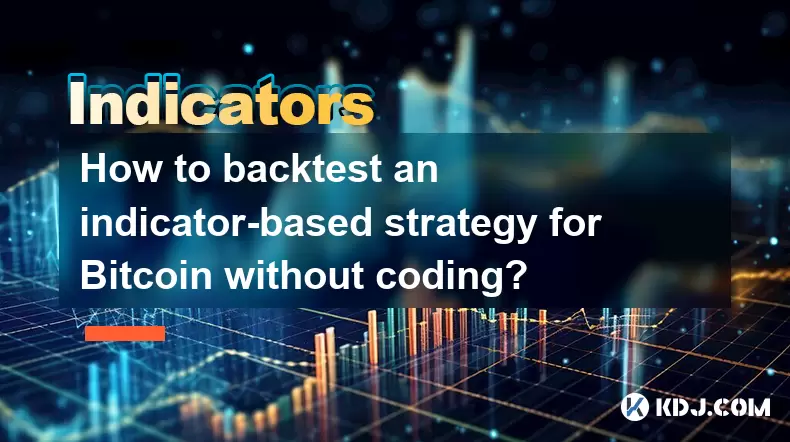
How to backtest an indicator-based strategy for Bitcoin without coding?
Jul 04,2025 at 06:50pm
Understanding Backtesting in Cryptocurrency TradingBacktesting is the process of evaluating a trading strategy by applying it to historical data to see how it would have performed. In the context of Bitcoin, backtesting allows traders to test their indicator-based strategies using past price movements and volume data. This helps identify whether a strat...

What is indicator confluence and why is it important for Bitcoin trading?
Jul 04,2025 at 03:14pm
Understanding the Concept of Indicator ConfluenceIndicator confluence refers to the alignment or agreement between multiple technical indicators when analyzing a financial asset, such as Bitcoin. Instead of relying on a single indicator to make trading decisions, traders use confluence to increase the probability of successful trades by ensuring that di...
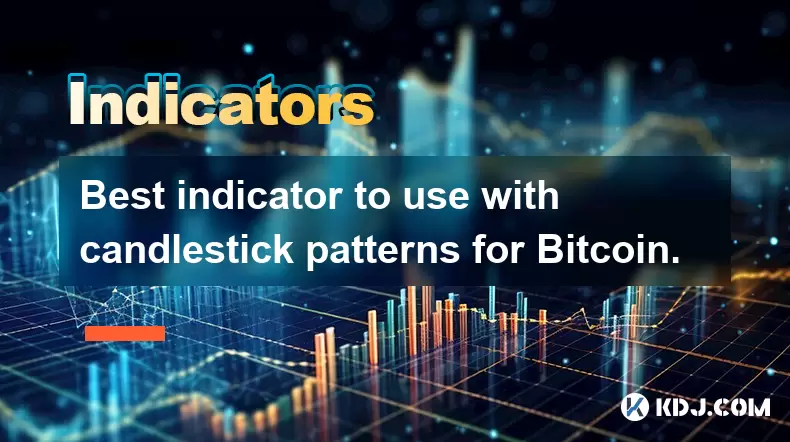
Best indicator to use with candlestick patterns for Bitcoin.
Jul 04,2025 at 12:36pm
Understanding the Role of Indicators with Candlestick PatternsIn the world of cryptocurrency trading, especially when dealing with Bitcoin, technical analysis plays a crucial role in identifying potential price movements. Traders often rely on candlestick patterns to forecast market behavior. However, these patterns alone may not always provide sufficie...
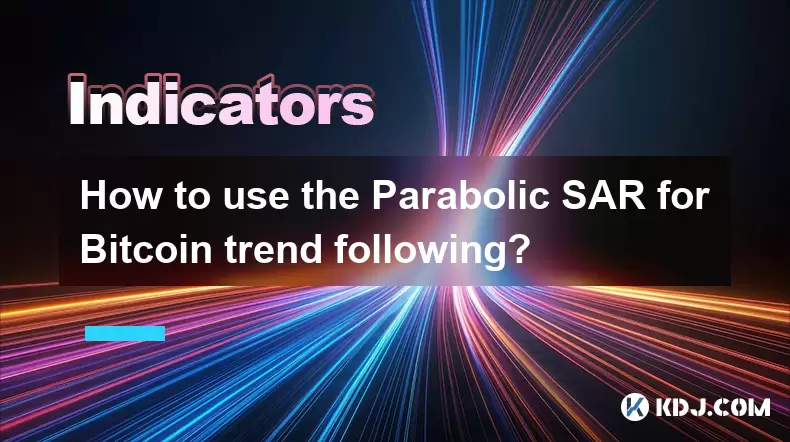
How to use the Parabolic SAR for Bitcoin trend following?
Jul 04,2025 at 05:21pm
Understanding the Parabolic SAR IndicatorThe Parabolic SAR (Stop and Reverse) is a technical analysis tool developed by J. Welles Wilder, primarily used to identify potential reversals in asset prices. In the context of Bitcoin trading, it serves as a crucial instrument for spotting entry and exit points during trending markets. The indicator appears on...

What does a doji candlestick combined with RSI mean for Bitcoin?
Jul 04,2025 at 03:08pm
Understanding the Doji Candlestick PatternA doji candlestick is a critical technical analysis pattern that signals market indecision. It forms when the opening and closing prices of an asset are nearly identical, resulting in a very small or nonexistent body with long upper and lower wicks. In the context of Bitcoin, this pattern often suggests a potent...

How to use the Center of Gravity (COG) indicator for Bitcoin swing trades?
Jul 04,2025 at 06:21pm
Understanding the Center of Gravity (COG) IndicatorThe Center of Gravity (COG) indicator is a technical analysis tool primarily used to identify potential trend reversals and momentum shifts in financial markets, including cryptocurrency trading. Unlike traditional oscillators like RSI or MACD, the COG focuses on calculating the weighted average price o...

How to backtest an indicator-based strategy for Bitcoin without coding?
Jul 04,2025 at 06:50pm
Understanding Backtesting in Cryptocurrency TradingBacktesting is the process of evaluating a trading strategy by applying it to historical data to see how it would have performed. In the context of Bitcoin, backtesting allows traders to test their indicator-based strategies using past price movements and volume data. This helps identify whether a strat...

What is indicator confluence and why is it important for Bitcoin trading?
Jul 04,2025 at 03:14pm
Understanding the Concept of Indicator ConfluenceIndicator confluence refers to the alignment or agreement between multiple technical indicators when analyzing a financial asset, such as Bitcoin. Instead of relying on a single indicator to make trading decisions, traders use confluence to increase the probability of successful trades by ensuring that di...

Best indicator to use with candlestick patterns for Bitcoin.
Jul 04,2025 at 12:36pm
Understanding the Role of Indicators with Candlestick PatternsIn the world of cryptocurrency trading, especially when dealing with Bitcoin, technical analysis plays a crucial role in identifying potential price movements. Traders often rely on candlestick patterns to forecast market behavior. However, these patterns alone may not always provide sufficie...

How to use the Parabolic SAR for Bitcoin trend following?
Jul 04,2025 at 05:21pm
Understanding the Parabolic SAR IndicatorThe Parabolic SAR (Stop and Reverse) is a technical analysis tool developed by J. Welles Wilder, primarily used to identify potential reversals in asset prices. In the context of Bitcoin trading, it serves as a crucial instrument for spotting entry and exit points during trending markets. The indicator appears on...

What does a doji candlestick combined with RSI mean for Bitcoin?
Jul 04,2025 at 03:08pm
Understanding the Doji Candlestick PatternA doji candlestick is a critical technical analysis pattern that signals market indecision. It forms when the opening and closing prices of an asset are nearly identical, resulting in a very small or nonexistent body with long upper and lower wicks. In the context of Bitcoin, this pattern often suggests a potent...
See all articles

























































































